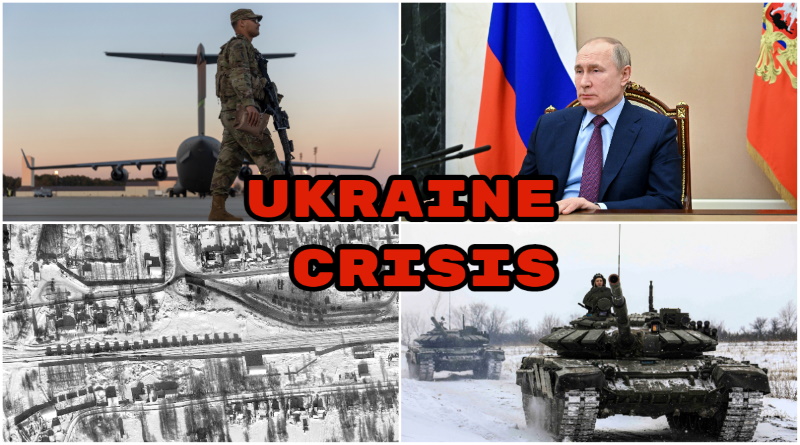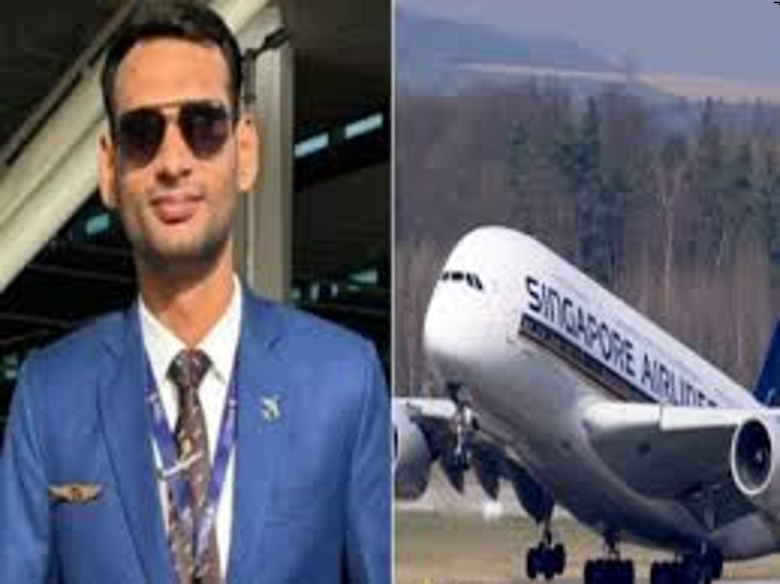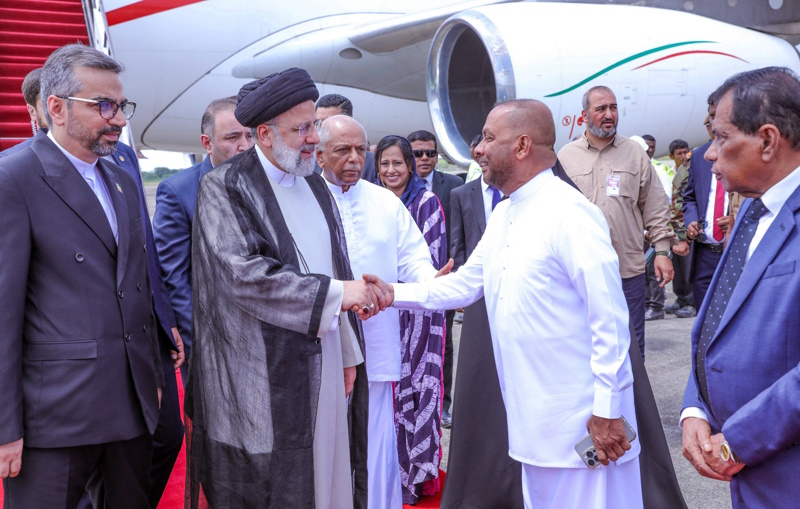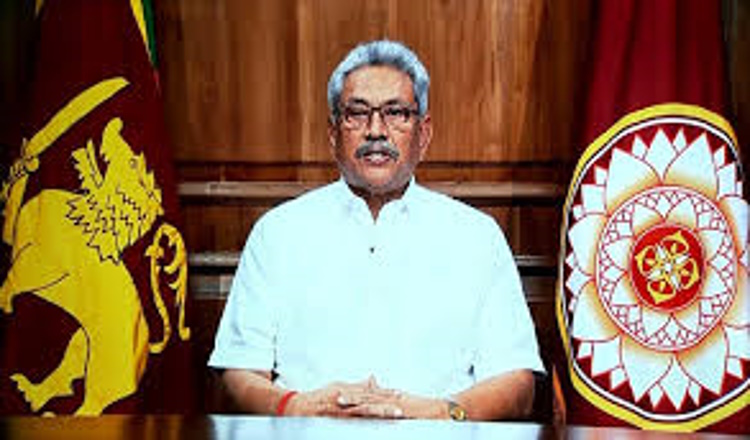 Ukraine and Russia have been locked in a tense border stand-off for weeks, with the latest satellite images suggesting continued military deployment of troops along the border by Moscow. According to Military Times, new satellite images released by Maxar Technologies highlight an increase in military activity in western Russia, Belarus, and Crimea, as well as the movement of Russian troops out of staging areas toward combat positions, suggesting capacity buildup ahead of an attack on Ukraine.
Ukraine and Russia have been locked in a tense border stand-off for weeks, with the latest satellite images suggesting continued military deployment of troops along the border by Moscow. According to Military Times, new satellite images released by Maxar Technologies highlight an increase in military activity in western Russia, Belarus, and Crimea, as well as the movement of Russian troops out of staging areas toward combat positions, suggesting capacity buildup ahead of an attack on Ukraine.
While Moscow has denied that it is planning a military intervention, the aggressive lining up of troops and equipment along the fragile border has triggered one of the greatest European security crises since the Cold War. However, the roots of the current crisis lie in Cold War-era rivalries. With the fragmentation of the Soviet Union, the United States led-North Atlantic Treaty Organization (NATO) — which was formed in 1949 as a military counterweight to the communist power — did not break up as the Cold War ended but has continued to expand into Eastern Europe. Since the 1990s, a bloc that once shared only a slender border with Russia now encompasses former Soviet territories like Poland, Hungary, Czech Republic, and the Baltic States. In fact, seven of the eight former members of the Warsaw Pact — the Soviet Union’s answer to NATO — have become part of the US led-bloc which now cuts straight through the Soviet backyard.
According to The Economist, at the 2008 NATO Summit in Bucharest, the US persuaded the bloc to declare that Ukraine and Georgia “will become” NATO members — a promise that was reiterated last month, which has given Moscow reasons enough to justify the recent build-up as a bid to ward off NATO. If Ukraine were to be accepted into NATO, it would bring the US to Russia’s doorstep and Russian President Vladimir Putin seems to be leveraging the current situation to corner the Biden administration into promising a halt stop on the bloc’s further expansion and a clear guarantee that Ukraine will never be admitted into NATO.
In addition to geopolitical rivalries, Russian aggression against Ukraine has profound historical and geoeconomics aspects as well. In the 17th century, Russia and Ukraine were part of the same empire and Moscow considers Kyiv a cradle of its civilisation. According to the 2001 Ukrainian census, which was the last such exercise, there are about eight million Russians living in the country’s southern and eastern regions. Ukraine was the cornerstone of the Soviet Empire until its collapse and since then, Moscow has seen Ukrainian independence as a strategic blow. In the last three decades, Russia has tried to exert and maintain its influence in Ukrainian politics by throwing its weight behind pro-Russian leaders but the 2004 Orange Revolution turned the tide against Russia-backed Viktor Yanukovych and pro-democracy leader Viktor Yushchenko was elected Ukraine’s third president. Although Ukrainian politics has been highly volatile since then, the revolution marks a definite shift in the Slavic nation’s politics from look east to look west which is unacceptable to Russia.
In terms of geoeconomics, the Black Sea is central to trade security due to its abundance of warm water ports. Vladivostok, Russia’s largest trading port on the Pacific Ocean, is ice-locked for four months of the year and too close to Japan’s sphere of influence. In 2014, as Ukraine’s domestic politics swung more and more towards the west, Russia invaded Crimea to have direct access to key warm water ports like Sevastopol and Yalta. However, NATO nations issued a muted response to Crimea’s invasion since Russian gas supplies are reported to account for 43 per cent of the total gas imports into the European Union and during past disputes between 2006-2009, Moscow turned off its gas pipelines leaving millions of Europeans without heat during winters.
What’s different in the current crisis is that while around one-third of Russian gas pipelines to the European Union travel through Ukraine, which makes the continent particularly sensitive to conflicts between the two nations, Russia has finished building the Nord Stream 2 pipeline which bypasses Ukraine by running under the Baltic Sea on route to Germany. Ukraine is sensitive to Russia wielding the new pipeline as a “geopolitical weapon” and Ukrainian President Volodymyr Zelensky has warned German Chancellor Olaf Scholz against it. While the German Chancellor said that none should doubt the determination and preparedness of Berlin to punish Russia in case it attacks its neighbour, he did not mention the Nord Stream 2 pipeline.
With an energy crisis no longer looming on the horizon, NATO nations have little incentive to come to Ukraine’s rescue in case of war and it somewhat explains US warnings of an imminent Russian invasion of Ukraine. However, there is little doubt that maintaining the status quo on Ukraine as a buffer nation between the east and the west favours the US allies as well as Russia.
According to The New York Times, following the Biden-Putin talks on 14th February, Russian Foreign Minister Sergey Lavrov has endorsed more talks to resolve its stand-off and Ukrainian officials have hinted at offering concessions to avert war. While addressing the press on Monday, the Ukrainian President said the nation would like to join NATO and protect its integrity but his tone was more aspirational and less assertive. Meanwhile, India has maintained a strategic restrain in its remarks on the crisis as it does not want to upset its bilateral ties with both Russia and the United States. However, Russia’s growing friendship with China, which stands to mutually validate their aggressive territorial positioning in their backyard, is something India should watch out for.





